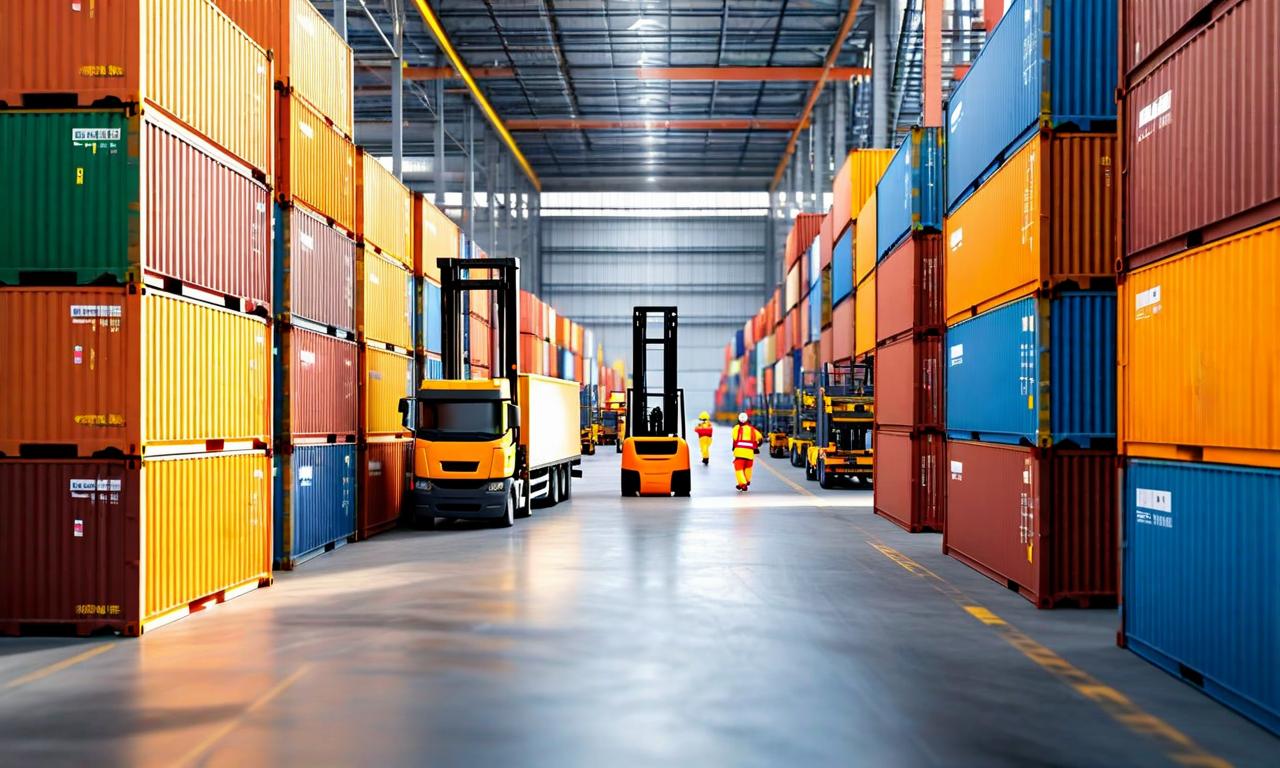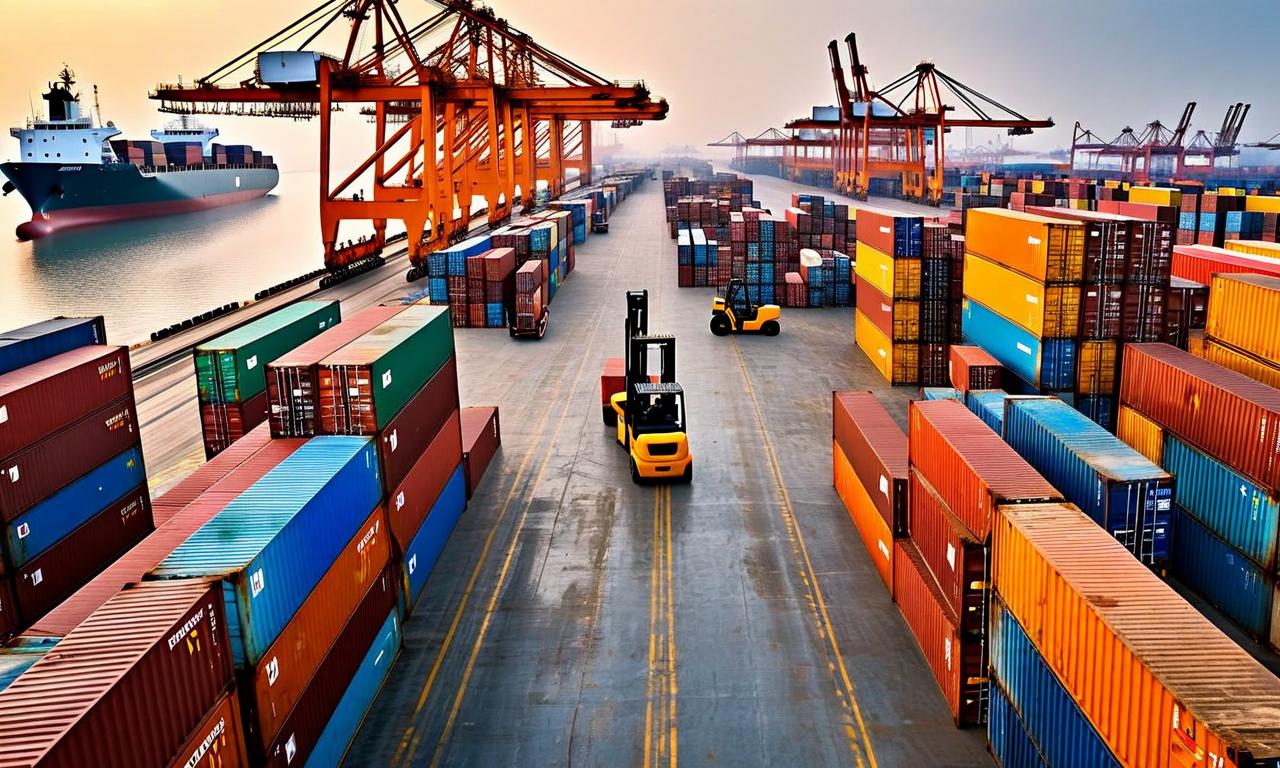GST Slash on Commercial Vehicles: A Boon for Fleet Operators
The GST on commercial vehicles has been reduced from 28% to 18%, significantly lowering acquisition costs for fleet operators. Crisil Ratings projects 8-10% revenue growth for domestic commercial fleet operators this financial year, driven by strong domestic demand and import-related fleet requirements. The tax cut is expected to improve cash flows, reduce dependence on short-term debt, and partially fund working capital needs. Operating margins are anticipated to remain stable at 8-8.5%, with increased fleet utilization.

*this image is generated using AI for illustrative purposes only.
In a significant move that promises to reshape the commercial vehicle landscape, the Goods and Services Tax (GST) on commercial vehicles has been reduced from 28% to 18%. This reduction, as reported by Crisil Ratings, is set to substantially lower acquisition costs for fleet operators, potentially catalyzing growth in the sector.
Impact on Fleet Operators
The GST reduction is expected to have far-reaching implications for domestic commercial fleet operators:
Lower Acquisition Costs: The 10 percentage point reduction in GST will significantly decrease the upfront cost of purchasing commercial vehicles.
Revenue Growth: Crisil Ratings projects a revenue growth of 8% to 10% for domestic commercial fleet operators in the current financial year.
Driving Factors: The growth is anticipated to be fueled by:
- Strong domestic demand
- Import-related fleet requirements
Financial Outlook: The reduction in GST, coupled with projected growth, may lead to:
- Improved cash flows
- Reduced dependence on external short-term debt
- Partial funding of incremental working capital needs
Operating Margins and Fleet Utilization
Despite the changes in the tax structure and projected growth, operating margins are expected to remain stable:
| Metric | Projection | |:--------------------|:--------------|| | Operating Margins | 8% to 8.5% | | Fleet Utilization | Increased |
The stability in operating margins, coupled with increased fleet utilization, suggests that fleet operators are poised to benefit from economies of scale while maintaining operational efficiency.
Implications for the Industry
This GST reduction could have several broader implications for the commercial vehicle industry:
- Increased Demand: Lower acquisition costs may stimulate demand for new commercial vehicles.
- Fleet Modernization: Operators may be more inclined to upgrade their fleets, potentially leading to more fuel-efficient and environmentally friendly vehicles on the roads.
- Competitive Advantage: Reduced costs could allow fleet operators to offer more competitive pricing, potentially leading to growth in the logistics and transportation sectors.
The GST reduction on commercial vehicles represents a significant policy shift that aligns with the government's efforts to stimulate economic growth and support key industries. For fleet operators, this change offers an opportunity to expand and modernize their operations while potentially improving their financial health.
As the effects of this tax reduction unfold, it will be crucial to monitor how fleet operators leverage this advantage and how it impacts the broader transportation and logistics ecosystem in India.




























